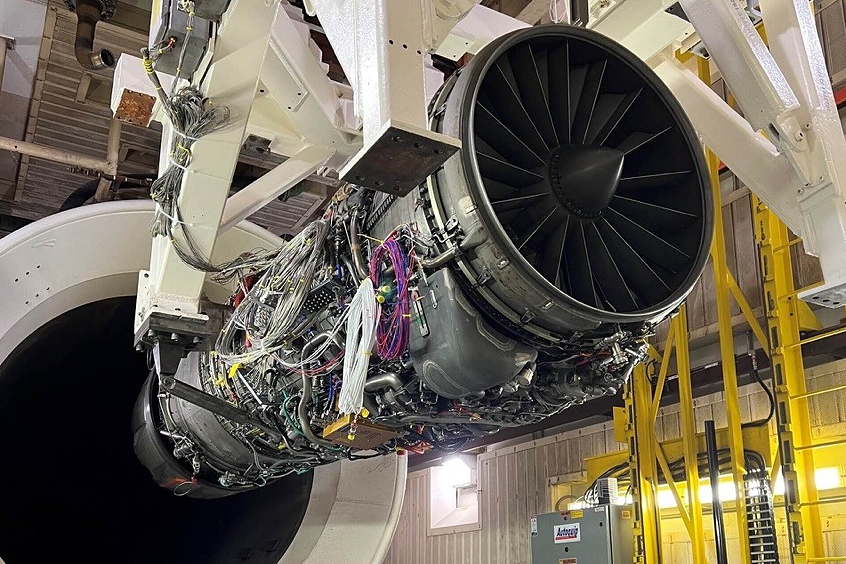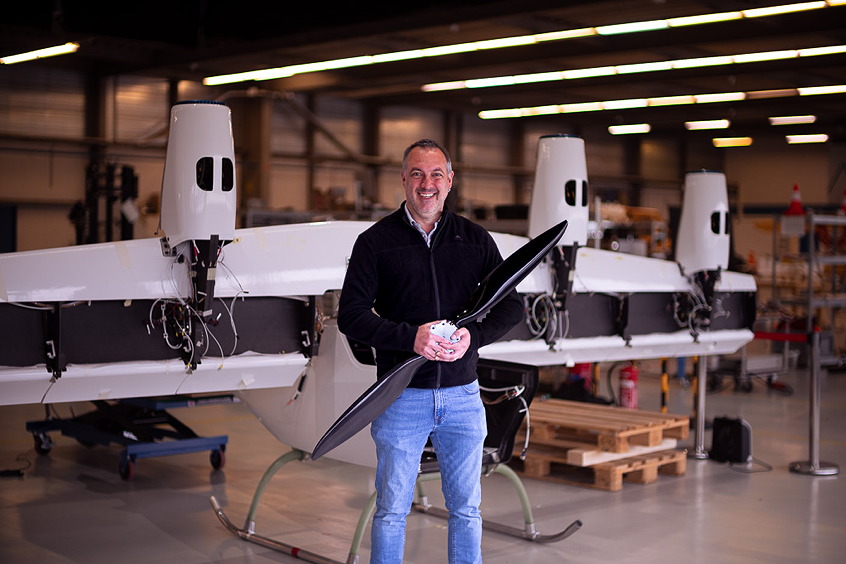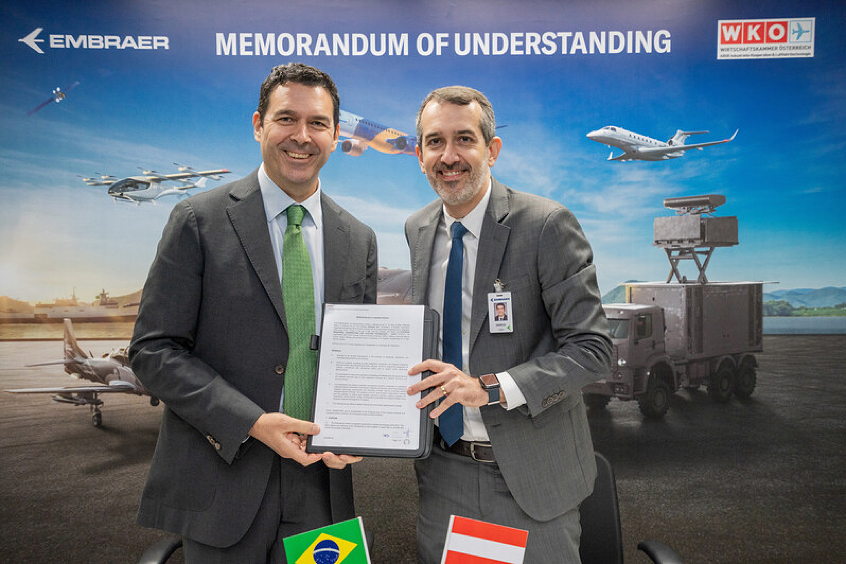A replica of the world's first series aircraft passed its test in the wind tunnel, where scientists from the German Aerospace Center (Deutsches Zentrum für Luft- und Raumfahrt; DLR) have now demonstrated the aerodynamic quality of the design by the aviation pioneer Otto Lilienthal.
Additional tests in Göttingen will explore the role of the glider's manoeuvrability on Lilienthal's fatal crash. In their tests, the Göttingen-based DLR researchers confirmed the common view of Lilienthal as the 'world's first aviator'. The so-called Normalsegelapparat, the normal glider, built by the Otto Lilienthal Museum in Anklam according to Lilienthal's original plans, proved to have an astonishingly stable and airworthy design in the wind tunnel. "The glider withstood wind speeds of up to 36 kilometres per hour, delivering datasets that would not look out of place in any textbook," said Andreas Dillmann, head of the DLR Institute of Aerodynamics and Flow Technology. The calculated glide ratio was just shy of four, a value equivalent to that of a conventional paraglider. "The flight characteristics are similar to those of the primary gliders of the 1920s and 30s – designs that remained in use decades after Lilienthal," according to Dillmann. The wind tunnel tests were conducted in one of the world's largest and most advanced wind tunnels, the German-Dutch Wind Tunnel DNW-LLF in Emmeloord, Holland.
Lilienthal died in 1896 when he crashed while flying his Normalsegelapparat. Until now, researchers have been unable to come to a consensus on the exact causes. After reviewing the first analyses of the wind tunnel tests, the DLR researchers were able to exclude the possibility of a design flaw. "We are looking at a construction with textbook aerodynamic engineering and inherent stability for all flight ranges," says Dillmann. Aviation engineers use the term inherent stability – an imperative quality to ensure safe flying – to describe how an aircraft behaves when restoring its own aerodynamic balance following a deviation from course due to wind or a pilot error.
The purpose of the wind tunnel test was to analyse the aerodynamic properties of the Lilienthal glider. The current tests in Göttingen will now explore the manoeuvrability. To do this, a person needs to be strapped into the glider in the same way as Lilienthal himself so as to replicate his actions. Lilienthal controlled his aircraft by thrusting his legs back and forward, a movement not unlike the gymnastic discipline of parallel bars – and similarly strenuous. In Göttingen, Christian Schnepf from DLR climbed into the construction. 1.83 metres tall and 89 kilograms in weight, Schnepf has a similar build to Lilienthal. The effort is clearly etched into his face after each sequence of movements. "In addition to his achievements as a scientist and engineer, I now respect Lilienthal for his performance as an athlete as well," said Schnepf.
The leg movements shift the glider's centre of gravity – and therefore its attitude. It accelerates when the nose dips and slows down when it rises. Reports of Lilienthal's crash suggest that a warm eddy blew the glider's nose upward until it hung almost perpendicular to the ground, where it remained briefly before tipping over to one side. The initial investigations prompt Dillmann to believe that Lilienthal was unable to steer strongly enough in the opposite direction: "Lilienthal's glider was airworthy and safe in calm weather conditions or headwind. But it simply was not steerable enough to cope with other wind conditions like the thermals on the day of his crash."
The replica of the Lilienthal glider will be on display at the ILA Berlin Air Show from 1 to 4 June 2016. The scientific results of the analyses will also be presented there.
| Contact details from our directory: | |
| DLR - German Aerospace Center | Fuel Cells, Testing Services, Research/Consulting Services, Composite Design Consultants, Flight Simulators, Instrument Landing Systems, Prototyping, Airframer |
| Related directory sectors: |
| Test Services |
| Design |
Weekly news by email:
See the latest Bulletin, and sign up free‑of‑charge for future editions.

Amprius and Stafl team up for battery pack innovation

RISE engine efficiency project gains momentum

Dufour picks Mejzlik propeller blades for the Aero2
